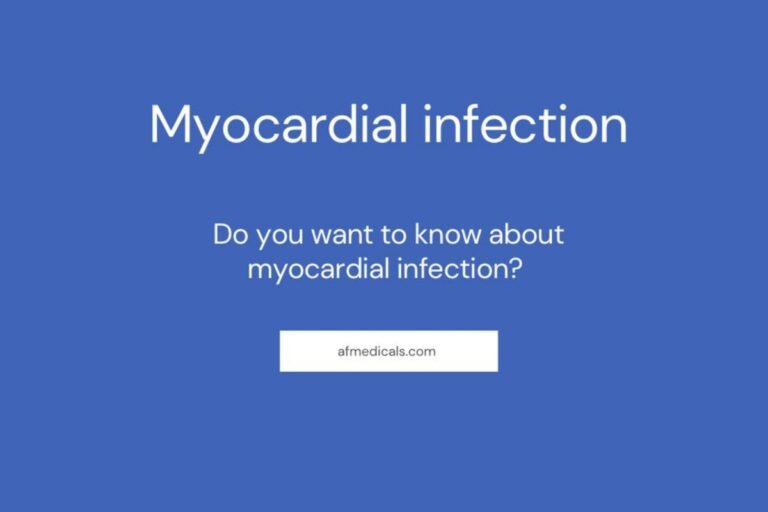Deciphering Sepsis: A Comprehensive Power Analysis
Deciphering Sepsis: A Comprehensive Power Analysis:
Table of Contents
- Introduction
- Understanding Sepsis
- 2.1. Definition
- 2.2. The Importance of Early Recognition
- Causes and Risk Factors
- 3.1. Common Causes of Infection
- 3.2. Risk Factors for Sepsis
- Symptoms and Signs
- 4.1. Early Symptoms
- 4.2. Severe Sepsis and Septic Shock
- Diagnosis and Treatment
- 5.1. Diagnostic Tests
- 5.2. Treatment Options
- 5.3. Managing Complications
- Prevention and Management
- 6.1. Preventing Infections
- 6.2. Vaccinations
- 6.3. Hospital Protocols
- Conclusion
Introduction
Sepsis, a life threatening condition, proceeds to be a essential open wellbeing concern around the world. It rises when the body s response to a infection causes systemic disturbance , driving to organ brokenness, and, on the off chance that it isn’t right away treated, can result in passing.In this article, we dig into the complexities of sepsis, covering its definition, significance of early acknowledgment, causes, indications, conclusion, treatment, anticipation, and administration.
Understanding Sepsis
2.1. Definition
Sepsis is characterized as life threatening organ brokenness caused by a dysregulated have reaction to disease . The movement to extreme sepsis or septic stun is stamped by intense changes in mental status, altogether diminished pee yield , sudden alter in heart rate, and trouble breathing, showing extreme organ brokenness .
2.2. The Importance of Early Recognition
The key to combating sepsis lies within the early acknowledgment of its signs and indications . The condition can advance quickly , and the chances of survival diminish with each passing hour that treatment is deferred . Recognizing sepsis early can altogether move forward the results for patients, making mindfulness and education basic components within the battle against this condition.
Causes and Risk Factors
3.1. Common Causes of Infection
Sepsis can be activated by a wide cluster of contaminations , with the foremost predominant being pneumonia, stomach diseases , kidney diseases , and circulatory system contaminations . Basically , any disease can lead to sepsis in case not legitimately overseen .
3.2. Risk Factors for Sepsis
Whereas sepsis can influence people of any age and well being status, certain bunches are at the next chance . This incorporates the exceptionally youthful , the elderly, those with compromised safe frameworks , and people enduring from constant sicknesses such as diabetes, cancer, and lung illness .
Symptoms and Signs
4.1. Early Symptoms
The early signs of sepsis incorporate fever, chills, fast breathing and heart rate, disarray , and confusion . These indications are regularly went with by sentiments of extraordinary ailment or torment not at all like anything already experienced.
4.2. Severe Sepsis and Septic Shock
As sepsis compounds, it can heighten to extreme sepsis or septic stun, characterized by dropping blood weight, diminished pee yield, sudden changes in mental status, and a critical increment in heart rate. Septic stun, the foremost extreme shape, happens when bloodweight drops to hazardously moving levels, extremely impeding the bloodstream to organs.
Diagnosis and Treatment
5.1. Diagnostic Tests
Diagnosing sepsis includes an arrangement of tests to distinguish the nearness of disease and to evaluate the work of organs. These may incorporate blood tests, pee tests, imaging looks, and other research-facility-tests planned to reveal contaminations and screen the body s reaction.
5.2. Treatment Options
The treatment of sepsis ordinarily includes regulating intravenous anti-microbials to battle the fundamental disease , coupled with liquids to preserve blood weight . In cases of serious sepsis or septic stun, patients may require treatments such as vasopressors to extend blood weight or mechanical ventilation to bolster breathing.

5.3. Managing Complications
Overseeing the complications of sepsis regularly requires a multidisciplinary approach in an serious-care-unit (ICU). Diese could incorporate employing a combination of solutions, steady care for organwork, and in some cases surgical intercessions to expel sources of contamination.
Prevention and Management
6.1. Preventing Infections
Preventive measures, counting legitimate handcleanliness, convenient immunization, and contaminationcontrolhones, are fundamental in diminishing the frequency of diseases that can lead to sepsis.
6.2. Vaccinations
Inoculations play a basic part in avoiding contaminations that could possibly lead to sepsis. Remaining up to date with immunizations against pneumonia, flu and other diseases is an innovative preventive degree.
6.3. Hospital Protocols
Healing centers and healthcare offices actualize particular conventions to quickly distinguish and treat sepsis. These incorporate rules for the early organization of antimicrobials and liquids, known collectively as the Sepsis Six Bundle, pointed at moving forward persistent results.
Conclusion
Sepsis remains a critical healthcare challenge, due to its quick movement and potential for serious results. Understanding the condition, recognizing its signs and side effects early, and executing successful treatment and preventive measures are vital steps in diminishing the burden of sepsis. Persistent instruction and mindfulness-endeavors are basic to progress the acknowledgment and administration of sepsis, eventually sparing lives.




